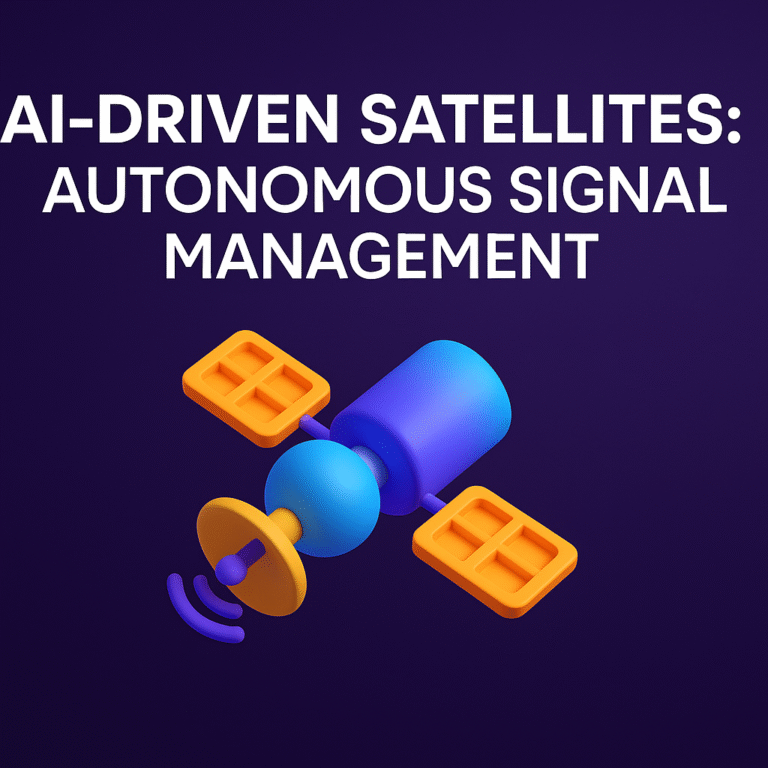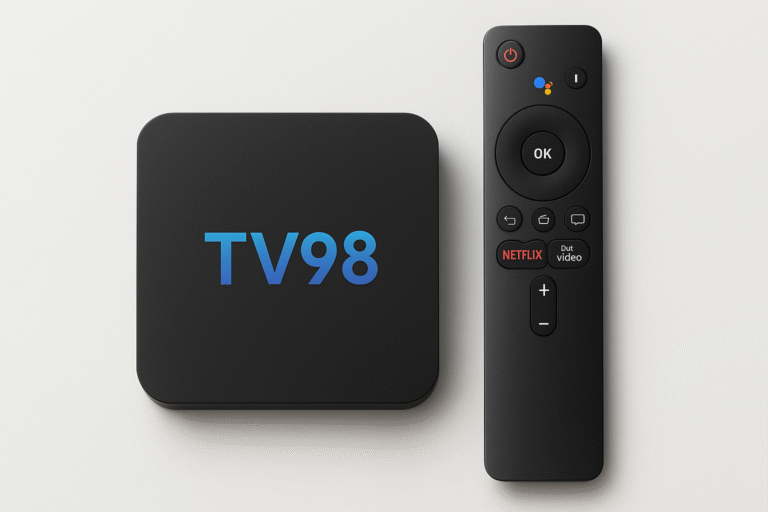Why Gulf Demand for Satellites is Taking Off
The Growing Need for Satellite Technology in the Gulf Region
The Gulf region has witnessed remarkable growth in recent decades, characterized by rapid economic development and urbanization. This burgeoning growth has created a pressing need for advanced satellite technology, which plays a pivotal role in various sectors such as telecommunications, weather monitoring, and national defense. Countries such as the United Arab Emirates (UAE) and Saudi Arabia are increasingly aware of the strategic advantages that satellite systems offer, prompting substantial investments in this area.
One of the key drivers behind the demand for satellite technology is the region’s economic diversification. As Gulf nations strive to reduce their reliance on oil revenues, they are investing heavily in other sectors, including tourism, finance, and technology. Satellite systems are essential for improving communication infrastructure, facilitating online services, and enhancing connectivity both regionally and globally. The implementation of such technology aligns with the broader vision of creating a smart, sustainable economy.
Urbanization also plays a significant role in the growing demand for satellite technology. With cities expanding rapidly, there is an increasing need for reliable data and monitoring systems to manage urban planning, transportation, and public services effectively. Satellites provide critical information that aids city planners in making informed decisions, thereby improving the quality of life for residents and ensuring efficient resource allocation.
Moreover, advancements in satellite technology, such as miniaturization and the use of small satellites, have made it more accessible and cost-effective for Gulf states to deploy these systems. As these technologies continue to evolve, they hold the potential to transform various sectors, enhancing capabilities in remote sensing, disaster management, and environmental monitoring.
In conclusion, with the growing economic demands and rapid urbanization in the Gulf region, the need for satellite technology will only increase. Countries like the UAE and Saudi Arabia are poised to leverage these advancements to drive progress and achieve sustainable development, thus enhancing their status in the global arena.
Key Drivers Behind Satellite Demand in Gulf Countries
The growing demand for satellites in Gulf countries can be attributed to several interrelated factors that reflect both regional needs and global trends. One of the primary drivers is the heightened security concerns that have emerged in the region. The Gulf states are increasingly turning to advanced satellite technologies for enhancing their surveillance and intelligence capabilities, which are critical for national security and disaster management. As regional conflicts persist, the necessity for reliable communication and reconnaissance has become paramount, prompting investments in satellite infrastructure.
Another significant motivator is the push for digital transformation, which is reshaping various sectors within Gulf economies. As these nations strive to diversify their economies away from oil dependency, investments in digital technologies, including satellite communications, have been prioritized. The integration of satellite technology into telecommunications, as well as into sectors such as agriculture and transportation, underscores the commitment of Gulf countries to harness modern technologies for economic development. This digital evolution enhances connectivity and fosters innovation across various industries.
In parallel, government initiatives play a pivotal role in driving the satellite industry forward. Many Gulf states have launched national space programs aimed at fostering an indigenous space sector that can not only meet local needs but also compete internationally. These initiatives are often complemented by strategic investments in satellite research and development, along with educational programs designed to cultivate a skilled workforce in the aerospace field.
Furthermore, international collaborations contribute significantly to advancing satellite technologies in the Gulf. Partnerships with established space agencies and private sector entities facilitate knowledge transfer and technology exchange, enabling Gulf nations to accelerate their capabilities in satellite design, deployment, and operation. These collaborative efforts are essential for the sustainable growth of the satellite industry, making it a key area of focus in the region’s strategic plans.
Upcoming Satellite Projects and Investments in the Gulf
The Gulf region is witnessing a remarkable surge in satellite projects and investments, signifying its aspiration to become a leader in space technology. Several key initiatives are currently underway across various Gulf countries, focusing on enhancing telecommunications, earth observation, and research capabilities. These projects align with national visions, including the UAE’s Mars 2117 strategy and Saudi Arabia’s Vision 2030, emphasizing technological advancement and innovation.
One noteworthy example is the UAE’s ambitious satellite project, the “Hope Probe,” which aims to explore Mars and gather valuable data about the Martian atmosphere. Launched in February 2021, this mission highlights the country’s commitment to becoming a major player in space exploration. Additionally, the UAE’s Mohammed bin Rashid Space Centre has announced plans for a series of earth observation satellites that will provide critical data for climate monitoring, urban planning, and disaster management.
Saudi Arabia is also making significant investments in satellite technology, with the establishment of the Saudi Space Authority. The authority has unveiled plans for the “Saudi Remote Sensing Satellite” program, which focuses on developing advanced technologies for capturing high-resolution satellite imagery. This initiative is expected to support various sectors, including agriculture, energy, and environmental monitoring.
Moreover, Qatar has embarked on its satellite program, launching the “Qatar University Communication Satellite” to enhance its telecommunication infrastructure. This initiative aims to improve connectivity in the region and support various industries, thereby contributing to Qatar’s digital transformation goals.
These upcoming satellite projects not only underscore the Gulf’s ambition to advance in space technology but also represent a significant investment in the region’s future. By integrating innovative technologies and fostering collaboration across sectors, the Gulf countries are poised to establish themselves prominently on the global space exploration map.
Challenges and Future Prospects for the Gulf Satellite Industry
The Gulf satellite industry is experiencing a notable surge in demand, but it also faces several challenges that need to be addressed for sustainable growth. One of the primary hurdles is the regulatory framework that governs satellite operations. Each Gulf nation has its own set of regulations, which can create inconsistencies and complexities for companies looking to navigate the sector. Harmonizing these regulations could foster a more conducive environment for satellite ventures, enabling more seamless operations across borders and minimizing delays in project approvals.
In addition to regulatory hurdles, the Gulf satellite sector grapples with stiff competition from established global players. Companies such as SpaceX and Intelsat have considerable resources and advanced technological capabilities, creating a challenging landscape for emerging Gulf enterprises. To thrive in this competitive environment, Gulf nations must focus on developing unique value propositions and innovative offerings that leverage regional strengths, such as geographic advantages and partnerships with local entities.
Another pressing challenge is the need for a skilled workforce. While Gulf nations have made significant strides in investing in educational initiatives and training programs, there remains a considerable gap in the technical talent necessary to support a robust satellite industry. Collaboration with academic institutions and international organizations can facilitate knowledge transfer and skills development, thus enhancing human capital in the region.
Looking ahead, the future prospects for the Gulf satellite industry appear promising when examining trends and predictions for the next decade. Technological innovations, particularly in areas like miniaturization of satellites and advancements in artificial intelligence, present opportunities for Gulf nations to implement cost-effective solutions. Strategic partnerships with global entities can further bolster capabilities and access to cutting-edge technologies. Ultimately, with a comprehensive approach to addressing challenges, the Gulf satellite market could witness remarkable growth and significant contributions to both local economies and the broader technological landscape.






